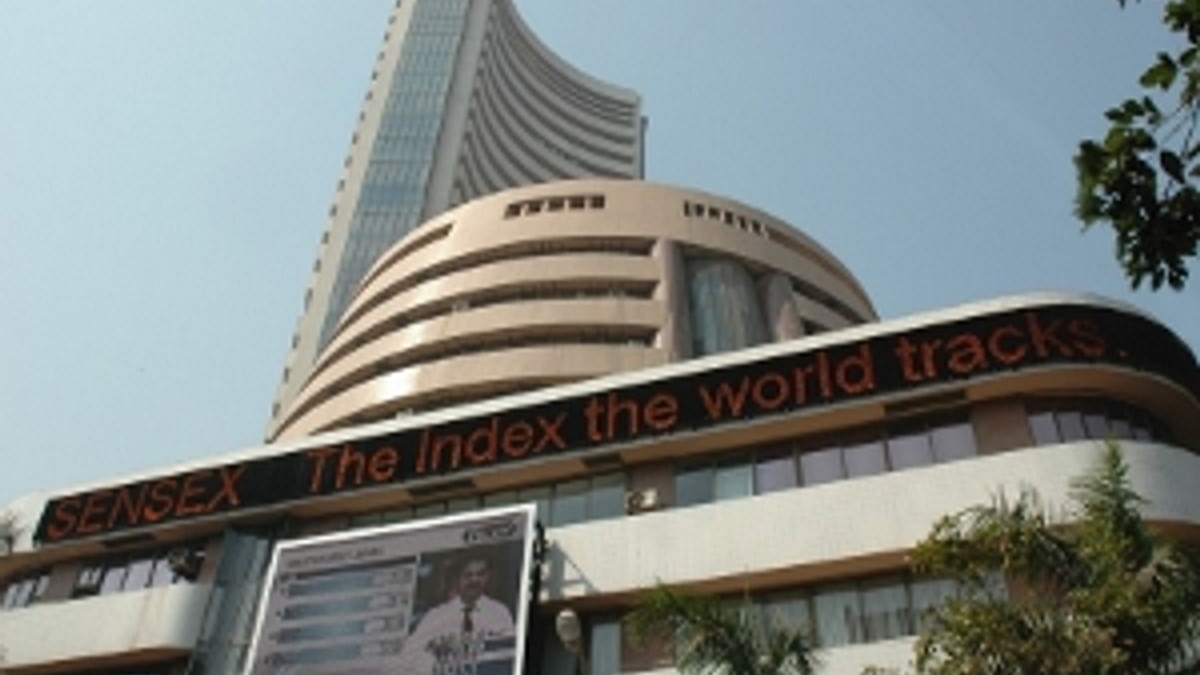
After reaching record highs the day before, Indian stock indices moved relatively steadily on thursday morning. Analysts have since issued a warning that the high value may temporarily deter investors.
At the time this story was being written, the Nifty was up points and the Sensex was down merely 14 points. Nifty auto, Nifty metal, and Nifty media all saw increases among the Nifty sectorals, while Nifty IT and Nifty FMCG among others experienced declines. The benchmark market, the Sensex, reached an all-time high on Wednesday after many sessions of strong trading. The increase in domestic stocks coincides with the market rebound on a worldwide scale and strong macroeconomic fundamentals at home. Sensex touched its record high of 63,588 points to later settle at 63,523 points, up 0.31 per cent. Sensex, so far, accumulated 4 per cent returns this year, rising about 23 per cent over the past 12 months.
Strong fundamentals including a firm GDP outlook, moderate inflation, and strong purchases by foreign investors saw the markets trading in the green.
VK Vijayakumar, chief investment strategist at geojit Financial Services cautioned a sustained rally beyond the record highs is difficult since current valuations of stocks in India are, according to him, rich.
Going ahead, the slow progress of the southwest monsoon may remain a concern for the financial markets. Monsoon, typically, has a bearing on the country’s economic outlook.
Southwest Monsoon hit India on June 8, arriving in Kerala a week after the scheduled onset of June 1 and its progress so far has been patchy and uneven.
The monsoon normally hits Kerala on June 1, with a standard deviation of about seven days. It is crucial, especially for the Kharif crops. The country has three cropping seasons — summer, kharif, and rabi. “India stands out among emerging markets with the best growth-inflation balance. However, the big wall of worry is the rich valuation, which might invite institutional selling beyond a point,” added Vijayakumar. Meanwhile stocks in the US fell for a third straight day on Wednesday after Federal Reserve Chairman Jerome Powell reiterated his hawkish tone that the central bank isn’t done with its aggressive monetary tightening campaign and warned that policymakers still anticipate more interest-rate increases this year to combat inflation.
Since late last year, inflation has slightly abated. Powell stated this in the Federal Reserve’s “Semiannual Monetary Policy Report to the Congress” on Wednesday. “However, inflation pressures continue to run high, and the process of reducing inflation back down to 2 percent has a long way to go. The main interest rate had lately been suspended by the monetary policy committee of the US Federal Reserve. In the fight against inflation, the policy rate has been kept at 5.0–5.25%, even though it was close to zero after the COVID-19 outbreak. Interest rate increases reduce demand and often aid in containing inflation.